Research projects
Our research group covers a wide range of NMR methods and applications. Some examples of our research are shown below. Our recent publications can be found through the university directory.
Current research activities
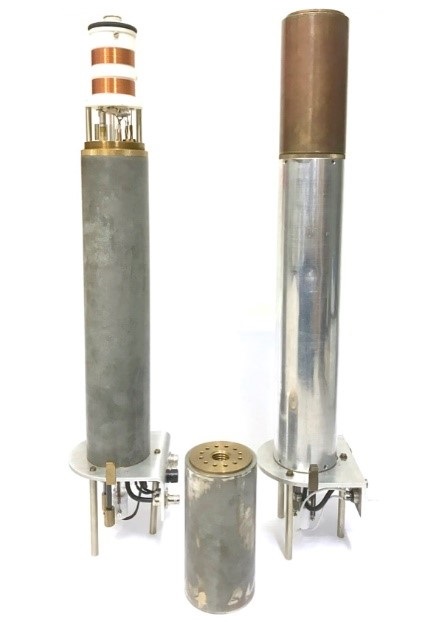
Diffusion/PGSE NMR
The pulsed gradient spin echo experiment can be used to study diffusion and flow in materials. This can supply information about the molecular dynamics and transport in these materials, which can lead to better understanding for material optimisation and design.
We apply these techniques to a wide range of samples including biological materials and metal-organic frameworks, as well as ionic liquids and deep eutectic solvents using diffusion-ordered spectroscopy (DOSY).
Measuring slow diffusing materials presents a challenge, due to the high field gradient and currents used for spatial encoding. We are developing high-performance diffusion NMR methods to extend the use of this technique.
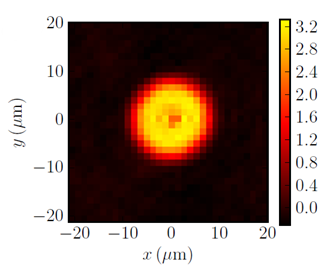
Porous media
NMR provides a powerful way to study porous and unusual materials. Magnetic resonance can detect a signature from an imbibed liquid phase. It is extremely sensitive to translational motion (flow, diffusion, dispersion) and surface interactions, which can be directly related to pore size distribution and permeability.
For transport processes in porous media, advanced NMR methods may contribute to the understanding of molecular exchange processes as seen in microporous materials such as zeolites and Metal Organic Frameworks (MOFs). It may also improve our understanding of transport and diffusion in natural porous media such as soil, rocks or aquifers.
We have developed several NMR modalities for making these kinds of measurements. Our current research includes:
- Measurement of velocity autocorrelation functions in space and time
- Laplace inversion methods to reveal diffusive and relaxation correlations.
- Magnetic Resonance Pore Imaging
Chemical and process engineering

MRI provides a useful way to non-invasively visualise flow and dispersion of materials. In collaboration with the University of Canterbury, we are studying the use of MRI for imaging the flow of fluids and fluid-like materials through structures such as heat exchangers and hoppers.
This includes measurement of transient phenomena and turbulence with rapid imaging sequences, as well as fast relaxing almost-solid samples, using single point imaging sequences. This knowledge can be used to optimise the performance and efficiency of these structures.
Soft matter and Rheo-NMR
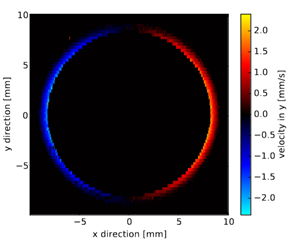
To meet the challenges of soft matter research we develop Rheo-NMR methodology, the combination of Rheology and NMR. This technique allows us to examine some of the central questions around molecular organisation and fluctuations under deformational flow.
We study materials under flow and deformation using NMR and MRI, building links with established methods to increase the acceptance of this methodology.
One application of these techniques is to study the effect of shear on biological samples, such as red blood cells, which alter metabolism rates based on force. We also develop hardware and instrumentation to accurately measure the force and displacement of materials inside the magnet.
Low-field NMR
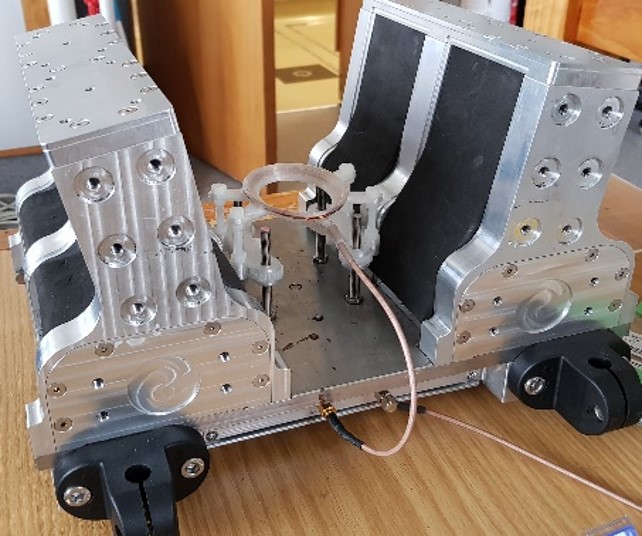
In addition to our work at high field, we develop methodology and instrumentation for low field NMR. We are developing low-field NMR hardware for biomedical applications, such as brain monitoring, in collaboration with the University of Otago Wellington’s Centre for Translational Research.
We also explore applications and methods for low field NMR, using the Magritek Spinsolve for various applications including enzymatic digestion and fertiliser characterisation.
Hardware and electronics
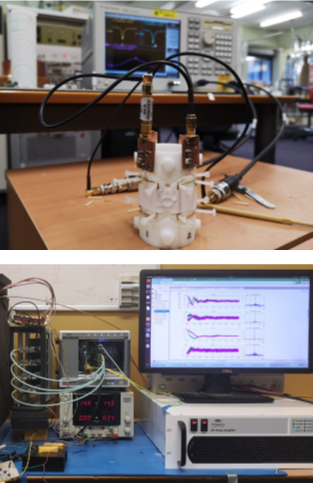
We work on all aspects of hardware for NMR experiments. On the electronics side, our lab has developed digital NMR spectrometers implemented in FPGA with pulse sequence programming.
Our lab also builds magnets, gradient coils and RF coils. These can be designed for specific applications, such as homogeneous Halbach arrays, single-sided magnets, and novel diffusion encoding gradient coils.
